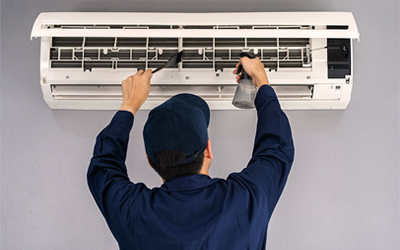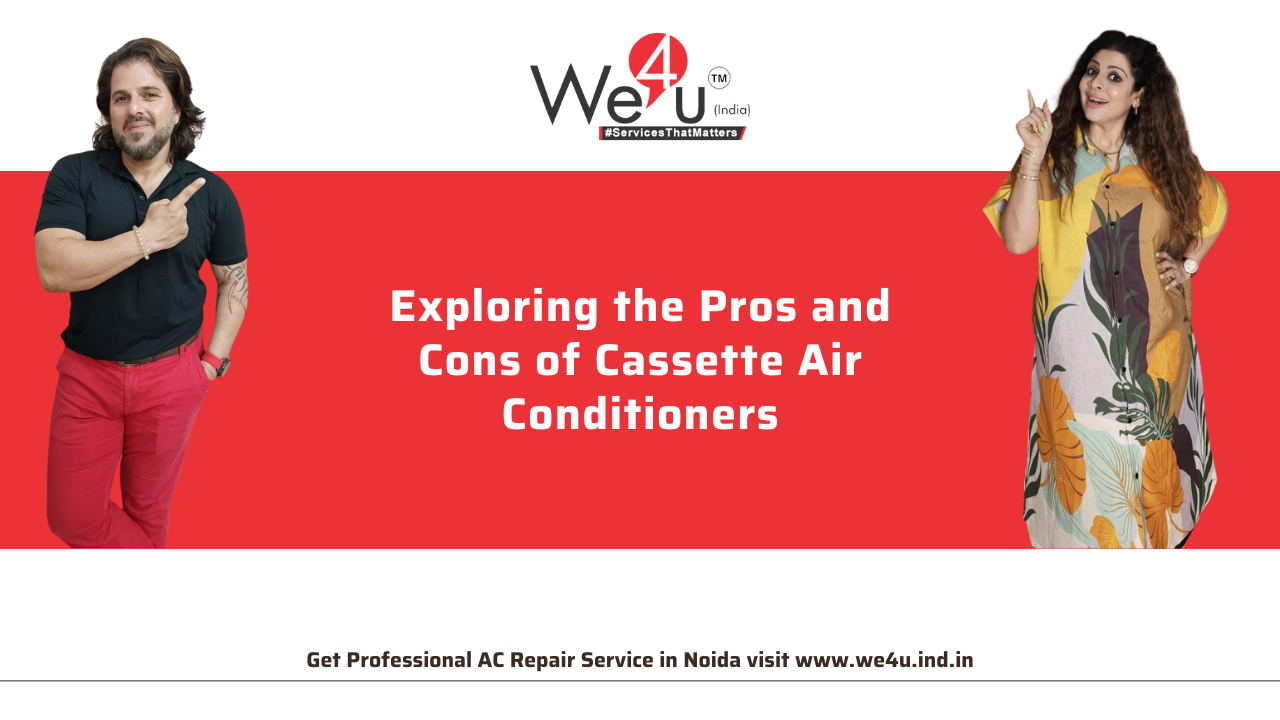During the scorching summers in India, your air conditioner is a lifesaver. Nothing can revive and refresh you like a room with a fully functional air conditioner. Since they help in moving heat from your room to the exterior of your house, AC coils are essential for chilling a space.
But, there are instances when your air conditioner stops cooling adequately, and no matter how hard you try, the cooling does not get better. In this case, particularly if you haven’t had your AC coils cleaned in a while, it’s probable that dirt and pollutants have gathered on the AC coils of your AC units, hindering the heat transmission process. Consider hiring a professional AC coil cleaning service at this time.


A fast start guide to the procedure of cleaning an AC coil is provided here.
Kinds of AC Coils
Condenser coils and Evaporator coils are two different kinds of AC coils. The evaporator is an indoor air conditioner cooling coil. It takes in the heat from the conditioned air and transmits it to the refrigerant that is passing through it. The refrigerant warms up and moves to the outside condenser coil. The heat that was collected by the evaporator coil is released outside the house through the condenser coil. However, it’s vital to note that filthy evaporator and condenser coils are thought to increase the energy consumption of your air conditioning system by over 30%. Thus, it is advised that the AC coils be cleaned at least once a year in order to save electricity costs.
What equipment and supplies are needed for AC Coil Cleaning?
The AC coil cleaning foam, coil cleaning brush, screwdriver, garden hose, coil comb, and non-absorbent gloves are materials and instruments needed for the operation. To remove tough dirt and filth from AC coils, use a brush and cleaning foam. If the coil fins are bent, use a screwdriver and coil comb to straighten them so that more heat can be transferred. If necessary, the coils are rinsed with a garden hose.
What is the procedure in detail for cleaning the AC coils?
The method used to clean AC coils is often chosen based on the level of cleanliness required. Let’s talk about how AC condenser and evaporator coils are typically cleaned.
Step 1:
Using a screwdriver and an access panel, turn off the air conditioner’s electricity before removing the evaporator coil. In some situations. It could be necessary to remove the top and outer case. When the coils have been exposed, examine them to determine the cleaning procedure.
Step 2:
Inspect the coils and, using a brush, remove any visible dirt, dust, and other debris that have been lodged in or around them. Fins on coils that are bent may be straightened using the flat
Step 3:
Spray the coils with the AC coil cleaner or coil cleaning agent. The cleaning agent’s foam will eventually cover the spaces between the coils where dust has gathered. The cleaner will gradually remove all the dust wedged between the coils if you use it for the recommended 5 to 10 minutes.
Step 4:
Use a garden hose to rinse the foam as necessary. There is no need for external water while using rinse-free cleaning because condensate will eliminate all of the froth. All of the disassembled components can now be assembled.
Step 5:
After testing the room’s cooling, seal the exterior casing. The entire procedure may take 2-4 hours for each AC unit. Please be aware that coil fins are quite sensitive, so be careful not to harm them during cleaning.
Also Read: Reasons to Choose Duct Cleaning by We4U India
How frequently should the AC coils be cleaned?
Most people clean their AC coils at least once a year. Nevertheless, coil cleaning may need to be done more frequently than once per year depending on the location, usage, age, and condition of the AC.
The task of coil cleaning demands a professional who has the right mindset, training, and patience. A professional AC maintenance firm should always be contacted for a better experience because not all businesses can do the necessary tasks.




One Comment